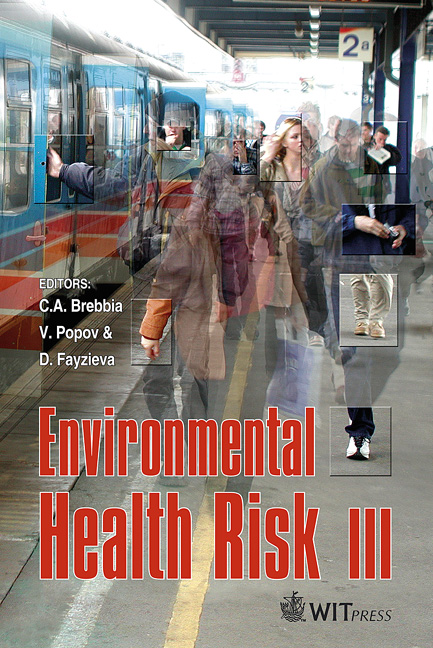Solving Simultaneous Risk Equations: Waste Water Recycling And Fresh Water Sustainability In An Arid Continent
Price
Free (open access)
Transaction
Volume
9
Pages
9
Published
2005
Size
243 kb
Paper DOI
10.2495/EHR050361
Copyright
WIT Press
Author(s)
G. K. Smith & A. Smith
Abstract
Two separate sets of entrenched environmental mal-practices in Australia have created serious health risk issues. The risk equations are becoming clearer and are interlinked. Solving one of these equations can assist in solving the other. Equation 1: Major Australian cities have dealt with the growing human and industrial waste water flows produced over the last century of growth by utilising coastal proximity and piping partially treated effluent into the oceans. As the volume and toxicity of the outfalls has multiplied, so have adverse health effects. Equation 2: The mainly European settlers of an arid continent increased their fresh water consumption at a prodigious rate. All major Australian cities are in water supply crisis and irrigations schemes and depleted rivers threaten agricultural sustainability. Tradeable water rights are to be granted to farmers but it has become potentially unaffordable for governments to buy back sufficient water rights to restore major river flows. Solutions: The Clean Ocean Foundation established the campaign to \“close ocean outfalls” and invest in advanced technology recycling of all waste water to standards suitable for an array of agricultural and industrial uses, without health risks. Such an investment, which would be well supported by urban populations, takes the pressure from river systems and assists the affordability of water for farmers, industry, and for environmental buy-backs schemes alike. Keywords: water recycling, water policy, environmental risk, environmental campaigns, Australia.
Keywords
water recycling, water policy, environmental risk, environmental campaigns, Australia.





